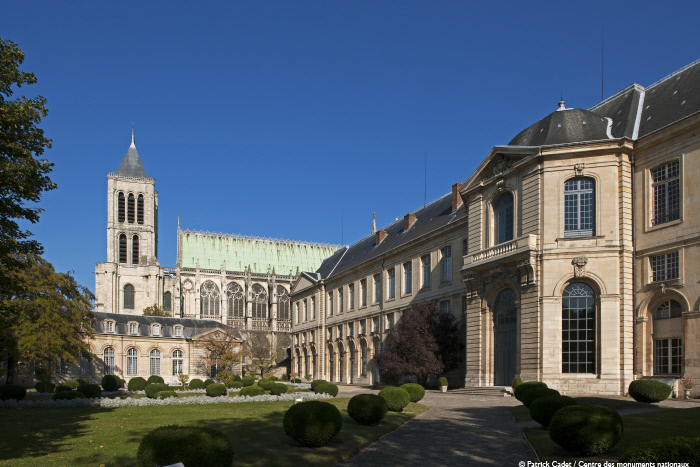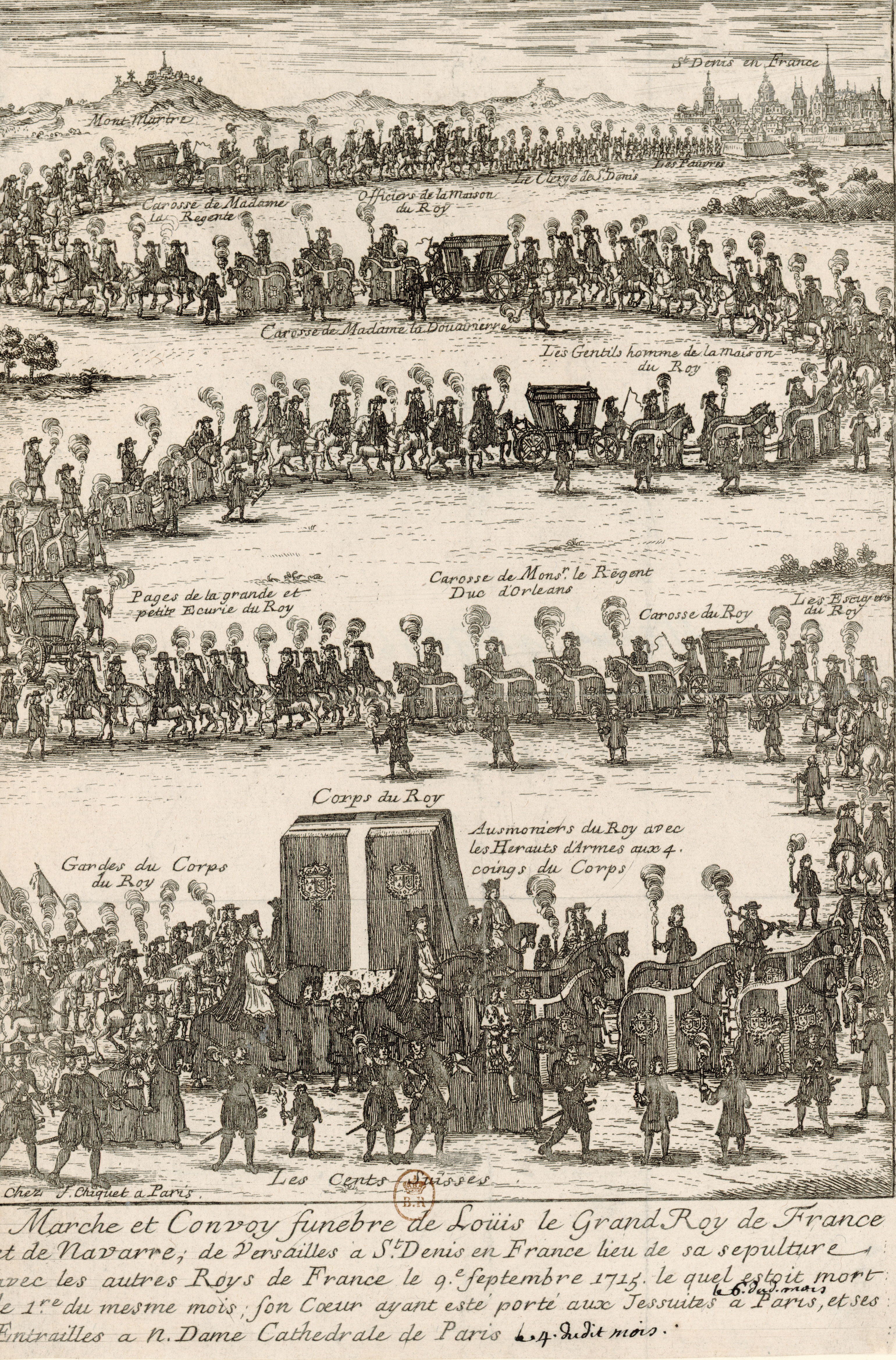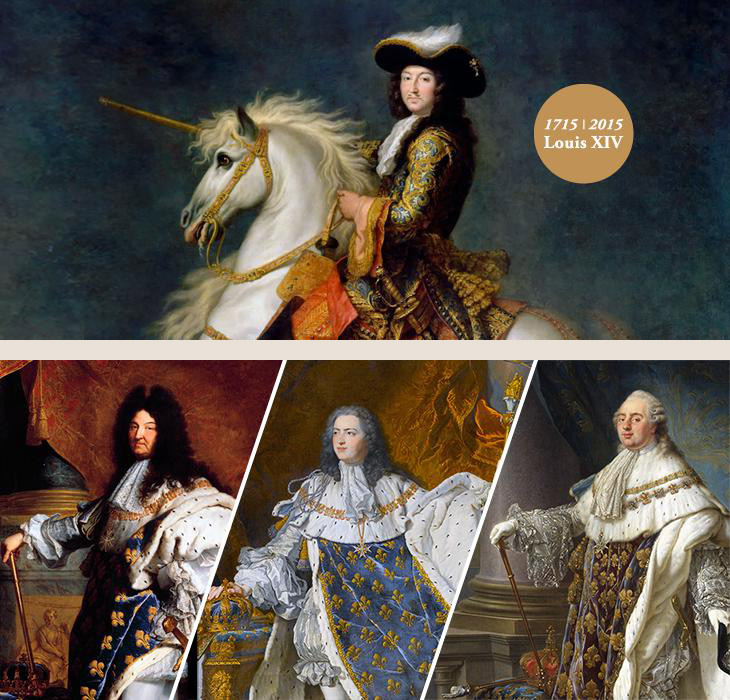The Last Night: Royal Funerals in the Times of Louis XIV
By Le Centre des monuments nationaux
On 1st September 1715, the Sun King passed away, shortly before his 77th birthday and after reigning for over 72 years.
No sooner had the King breathed his last, than the race began to organise his burial. As ceremonies to mark the end of one reign and after which the new monarch would be set on the throne, royal funerals were governed by a set of age-old rituals.
What were they? How were kings buried (and this had been quite some king!) in the early 18th century? Did Louis XIV die hated by all, as is often said? What do we know of the funerals of the sovereigns of the time, given that there are no surviving representations of them?
Until 27 September, Saint-Denis Basilica is replaying the majestic funeral ceremonies of King Louis XIV at its exhibition “The Last Night: Royal Funerals in the Times of Louis XIV” on show in the Crypt.

The Basilica was built from the 5th century onwards on the site of the tomb of Saint Denis, considered to have been the first Bishop of Paris, and was modified in the 12th and 13th centuries by Abbot Suger and then by Saint Louis who made it the burial place of the Kings of France. In the 1250s, Louis IX had the remains of 16 Merovingian, Carolingian and Capetian rulers found and ordered 16 recumbent statues to be crafted, creating a kind of “Gallery of Ancestors”.
The Basilica, where the body of Louis XIV was buried alongside his ancestors, thus provides a highly symbolic setting in which to commemorate the tercentenary of the monarch’s death.
 The engravings on display in the exhibition portray the long ceremony of the royal funeral, which was to go on for almost 50 days in all! It all began by putting the body on show: the deceased remained lying on his death bed for one day, before carrying out the autopsy and embalming the body. People would then come to pay their last respects over several days, while religious services and requiem masses were offered for the deceased. The coffin was then placed on the carriage that was to take it to Saint-Denis Basilica, its final resting place.
The engravings on display in the exhibition portray the long ceremony of the royal funeral, which was to go on for almost 50 days in all! It all began by putting the body on show: the deceased remained lying on his death bed for one day, before carrying out the autopsy and embalming the body. People would then come to pay their last respects over several days, while religious services and requiem masses were offered for the deceased. The coffin was then placed on the carriage that was to take it to Saint-Denis Basilica, its final resting place.
On arrival in Saint-Denis, the coffin was placed on display once again for 40 days for people to come and pay their respects. This would also provide some time for the final preparations to be completed... It took no less than two weeks to construct the stands for the officials who would be attending the ceremony, to erect the screen for the King’s Music and to put the finishing touches to the decoration.
The grandiose funeral ceremony was then held and the coffin was placed in the monumental mausoleum. Once the ceremony was at an end, the time came for the handover of Royal power: “The King is dead, long live the King!”
By the team of the Centre des monuments nationaux who preserves, restores, runs and opens to the visit near 100 monuments everywhere in France, including the Saint-Denis Basilica dont la Basilique-cathédrale de Saint-Denis. Follow us on @leCMN.
The exhibition
An exhibition designed by Thomas Leconte, exhibition curator, Serge Santos, Administrator of Saint-Denis Basilica, and scenographer Franck Houndégla, organised by the Centre des Monuments Nationaux and Saint-Denis Festival, in collaboration with Versailles Centre de Musique Baroque.
For more information about the exhibition, go the website of site internet du Centre des monuments nationaux and practical information of Saint-Denis Basilica.






















